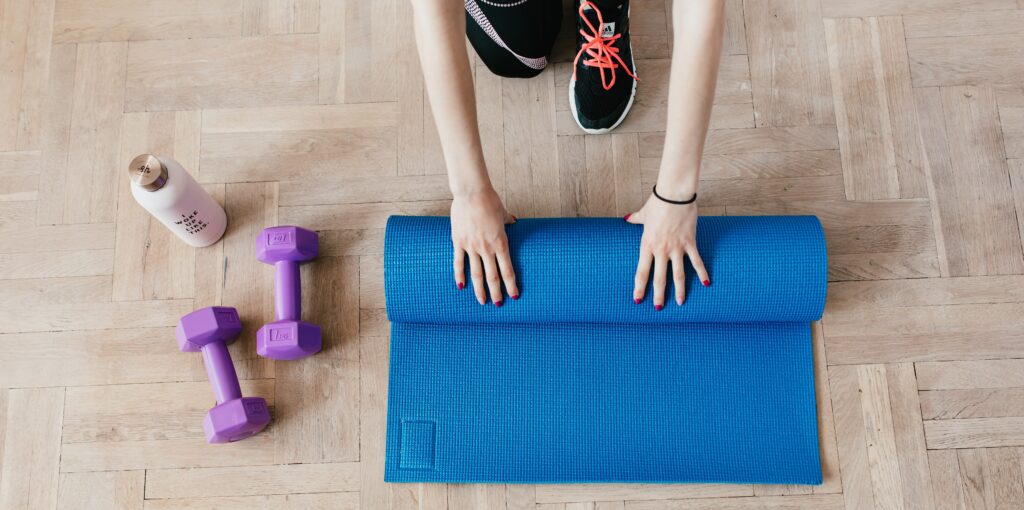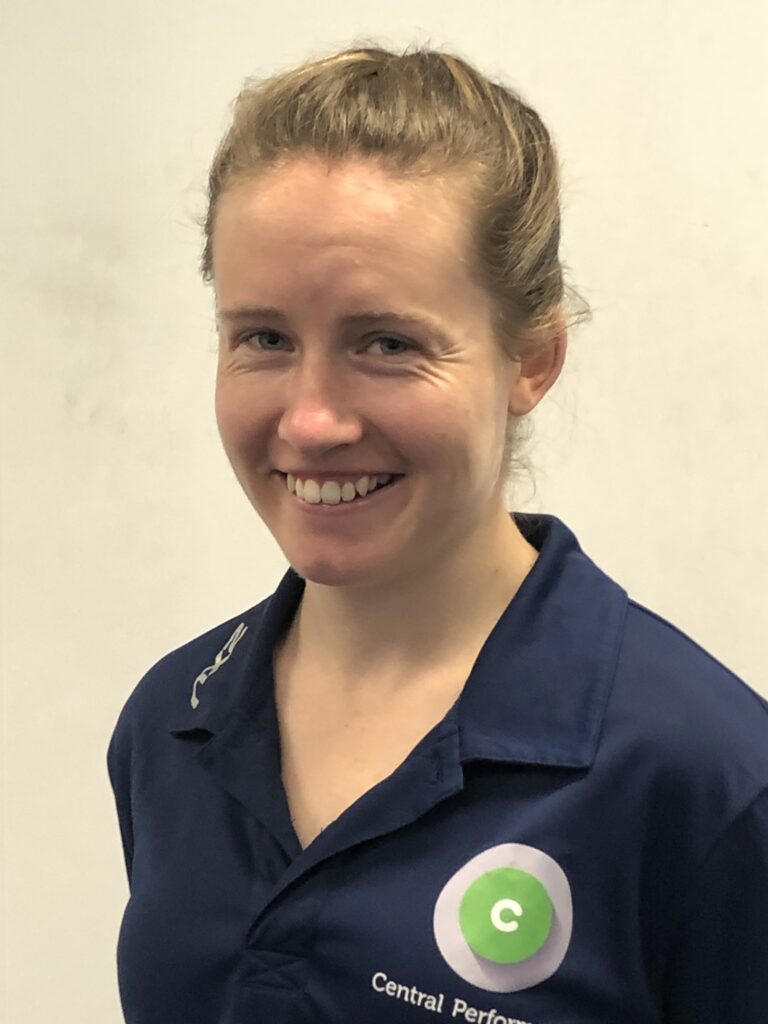
COVID lockdown has been really hard on teenagers. Teens are usually one of the most social and active demographics in our society, so the restrictions on movement, sport, group activities, and of course home schooling, have had a big impact on them. So now, as we begin our journey back to “normality”, lets look at some specific challenges that teens may face, and how Pilates can help.
Being inside for almost 4 months doing online schooling, as well as missing out on most of their regular sport and activity, will have an impact on teenagers as we gradually return to normal life. You only have to look through the media and government statistics over the last few years to see that the health of many teenagers was already being affected by the growing culture of a sedentary lifestyle, increased screen time, obesity and fast food. Even pre-COVID, teenagers were spending more and more time in front of screens studying, playing video games, using social media and binge-watching TV. And the COVID restrictions have just accelerated this trend.
What Challenges Do Teenagers Face As We Come Out Of COVID Lockdown?
In many ways teenagers are among the most injury-resilient, fast-recovering and physically capable groups of society. But their bodies are also going through the most significant period of growth, change and adaptation in their lives. Because of this there are a few things we need to be particularly aware of when teens transition from minimal activity back to higher levels. Common examples of this involve overloading the growth plates in bones, and soft-tissue injuries when increasing activity levels coincide with rapid growth spurts.
For active, sport-driven teenagers who have stayed fairly active during lockdown, they might find it quite easy to transition back into a routine involving school PDHPE (physical education) classes, lunchtime exercise, community sport and other extracurricular exercise-based activities. For others, being at home during lockdown has been very challenging on their motivation levels to engage in any sort of regular exercise.
Some teenagers will have done very little exercise for the past few months and we expect to see the repercussions of this as we move towards the easing of restrictions. As we come out of lockdown, some parents are concerned about the risk of injury for their children returning to social or competitive sports after being quite inactive for several months. In this situation, Pilates is a good solution as a way to cross-train, re-introduce fitness, and reduce the risk of common adolescent overuse injuries.
Fortunately, during this lockdown period, some teens have found a new appreciation of exercise to improve mental wellbeing, cope with stress and maintain alertness. Hopefully they are keen to continue this routine, and maybe even increase their activity levels once gyms and community sport return. If so, this is one of the big positives to come from lockdown and we want to embrace this newfound enjoyment for exercise in some adolescents. Pilates is a “mind and body” type of exercise and this is why it can be the ideal way to exercise for teenagers who are not competitive sports enthusiasts but want to keep their mind and body healthy and active.
Is Your Teenager Very Body Conscious Or Doesn’t Enjoy Team Or Competitive Sports?
Pilates caters to all ages, body types, and fitness levels. It is particularly adaptable for those teens that don’t enjoy sports and struggle to find a type of exercise they really enjoy doing. It helps to develop flexibility, improve balance, and increase overall body strength and endurance. It’s a great form of exercise during their growing years.
Pilates promotes a healthy approach to movement to encourage a positive mindset around body image in a culture of excessive social media. Through Pilates, teenagers can gain better body awareness and coordination, working the entire body and enhancing overall health and wellbeing. For a population who are very body conscious, gaining a better understanding of how the body works and assisting with weight management can lead to greater self-esteem.
Research has shown a correlation between exercise efficacy and self-esteem, and also suggests that young people need to continue to participate in physical activity beyond 6 months to benefit from the gains in self-esteem and fitness. Through Pilates, teenagers can learn how to move their bodies more efficiently at a time in their life when their bodies are constantly changing.
The exercise environment is also a significant factor in determining whether a teenager (or anyone else!) enjoys a particular form of exercise, and therefore whether they are likely to continue with it long-term. Sometimes the competitive nature, intensity, physical contact and parent crowds of even “social” sports is very unappealing. For some teenagers, the gym environment can be intimidating because they feel self-conscious about body shape and whether they have the right labels on their workout gear. For these teens, Pilates done in a small studio with private, semi-private or small-group sessions can be a much more appealing environment.
How Can Pilates Help Athletic, Sport-Loving Teenagers?
For athletic teenagers, Pilates can be an excellent form of exercise to integrate into their busy, active, training and competition schedule. It can be included in their sporting off-season routine to maintain cardio fitness and overall body strength, pre-season training to prepare the body for more intensive exercise, and throughout their competition season to reduce the risk of injuries by developing whole-body stability and control.
It is well known through research that in younger teenage years, cross-training is effective in preventing injuries by eliminating excessive repetition of similar movements. It is also important for restoring left/right body balance for athletes who engage in one-sided dominant sport, for example tennis players, cricket bowlers, and throwing sports participants. Plus it has a motivational benefit, allowing young people to enjoy a variety of activities and so remain fresh and keen to train and play their main sport.
Key Benefits Of Pilates For Teenagers
– Injury Prevention
– Weight Control
– Balance and Coordination
– Strength
– Flexibility
– Self-esteem and Confidence
– Body Awareness
Pilates For The Growing Body
Teenagers often go through periods when their muscles feel tight. This is because during a growth spurt their bones grow and get longer first, then their muscles gradually lengthen out to catch up. During this time when their bones are relatively a little longer than their muscles, they feel muscle tightness and often lose overall flexibility for a while.
Tight muscles cause more pulling where the tendons attach to the bones. This can lead to common teenage injuries and painful conditions such as Sever’s disease, which causes pain where the Achilles tendon attaches to the back of the heel bone, or Osgood-Schlatter disease, which affects the top front of the shin bone where the patella tendon attaches. Shin splints is another similar injury associated with running in teenagers, especially when they increase the volume or frequency of their running quite quickly. All of these injuries are common in field sports like soccer and football, as well as court sports like netball and basketball.
Pilates can help reduce adolescent sporting injuries by working on movement control, flexibility and strength. As mentioned above it’s a great way to cross-train because it puts controlled loads through the body in ways that are usually quite different to regular sports, is low-impact, and is multi-directional. These are the same reasons that many elite adult athletes and sports teams, eg AFL and soccer teams, include Pilates in their normal training program.
Strength training for adolescents should address all of the major muscle groups and work through the complete range of joint movement. Pilates exercises provide this strength training in a safe and effective way that can be highly personalised by using body weight and spring resistance.
Why Is Pilates Particularly Good For Teenagers?
Aside from the reasons discussed above, Joseph Pilates, the creator of Pilates, spoke to the fact that childhood is the best time to develop good habits. Knowing that the younger teenage years is the peak time for neurological development, it makes sense that this time is crucial in learning proper patterning for functional movement and for adolescents to understand their physical ability.
Qualified Pilates Physio At Central Performance
At Central Performance all of our Pilates instructors are experienced physiotherapists who are also certified Pilates instructors. This extra level of training and qualification means that every session is professionally designed and personally tailored for each individual, whether it is a private, semi-private or small group session.

This post was written by Sonja Murhy, one of our physio Pilates instructors. She has a lifelong love of exercise that includes 4 years playing soccer at the elite level in the USA on a college scholarship. As well having a key role in developing and delivering our Pilates program, Sonja finds that integrating Pilates exercises into her physiotherapy sessions brings great benefits to her clients. She is very happy to speak with you and answer any questions you have about how Pilates can help teenagers establish a sustainable exercise routine, or get back into their normal level of sport and exercise after a period of reduced activity such as during lockdown or after an injury.
Do You Have Questions About Pilates For Teenagers?
If your teenager does not enjoy structured or competitive sports, or perhaps you feel they spend too much time being sedentary or on a screen, then Pilates could be a great option. It’s an approachable and non-threatening way to start a regular exercise routine, and also has the benefits of being a “mind-and-body” style of exercise that can be great for teenagers.
Or maybe you have a sporty teen who loves exercise but is looking for some variety and something different in their fexercise routine. Pilate is a perfect cross-training option.
If you have a Pilates question or would like some more information please call us on 9280 2322 and ask to speak to Sonja our Pilates physio, or click below for an online enquiry.
References:
Schranz N, Tomkinson G, Parletta N, et al. Can resistance training change the strength, body composition and self-concept of overweight and obese adolescent males? A randomised controlled trial. Br J Sports Med 2014; 48:1482-8

